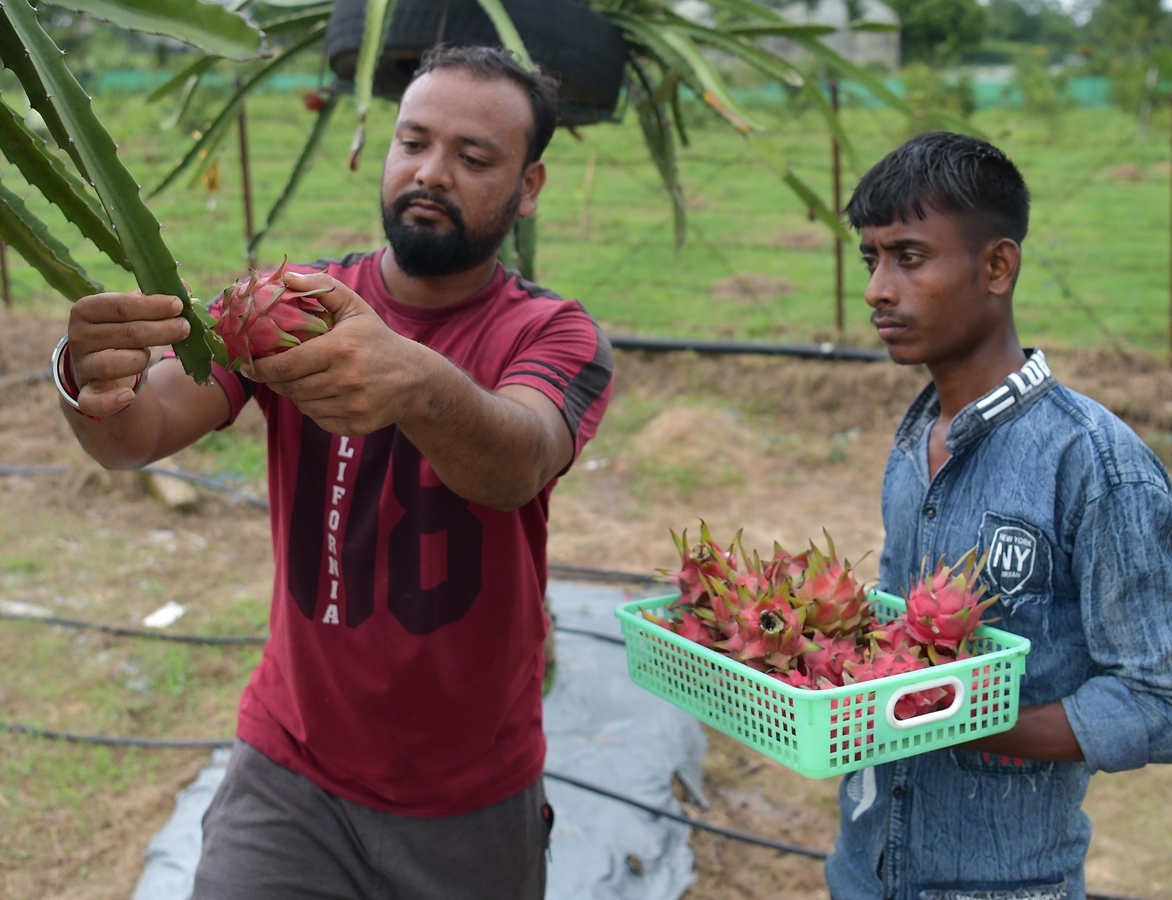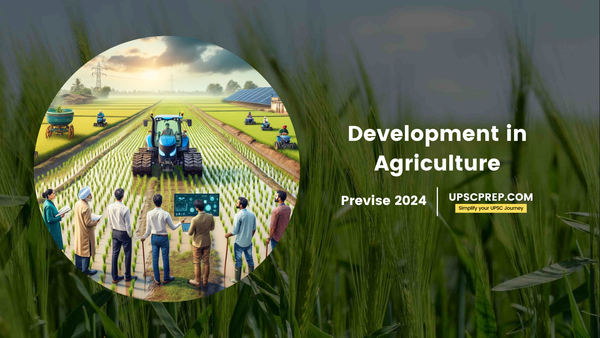Table of contents
The agricultural sector remains the backbone of India's economy. Grasping recent advancements and challenges in agriculture is crucial for UPSC aspirants.
This section sheds light on the main developments in agriculture, equipping you to tackle relevant questions in the prelims exam. We'll explore topics like technological innovations, government initiatives, and emerging concerns, ensuring you stay abreast of this critical sector for UPSC success.
Carbon farming
- Carbon farming uses carbon-smart farming methods to reduce greenhouse gas emissions and meet food demands.
- It involves carbon sequestration to reduce greenhouse gas emissions by storing carbon in the soil, crop roots, wood, and leaves.
- The techniques in Carbon Farming are-
- Rotational grazing in which livestock is moved between pastures to allow vegetation to recover.
- Integrated Nutrient Management to promote soil fertility and reduce emissions.
- Livestock Management which Optimizes feed quality and manages animal waste to lower methane emissions.
- Agroforestry where trees and shrubs are Incorporated into farming systems to sequester carbon in vegetation.
- Conservation agriculture with practices like zero tillage, crop rotation, and cover cropping to minimize soil disturbance.
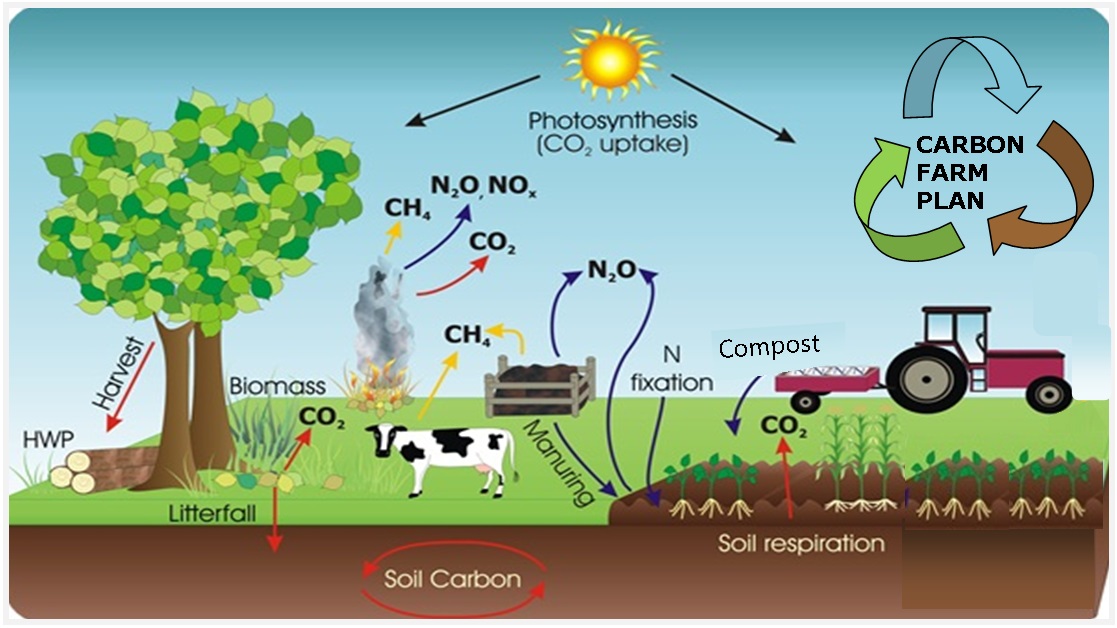
Regenerative Agriculture
- Regenerative farming methods reduce the need for frequent irrigation thus conserving water and energy.
- It is used in Madhya Pradesh recently with a focus on food quality, biodiversity improvement, soil health, water quality and air quality because there is less use of chemical fertilizers and pesticides and reduced tillage.
- There is diversification of crops for nutrient replenishment.
- Integrated livestock management adds manure to the soil and serves as a carbon sink.
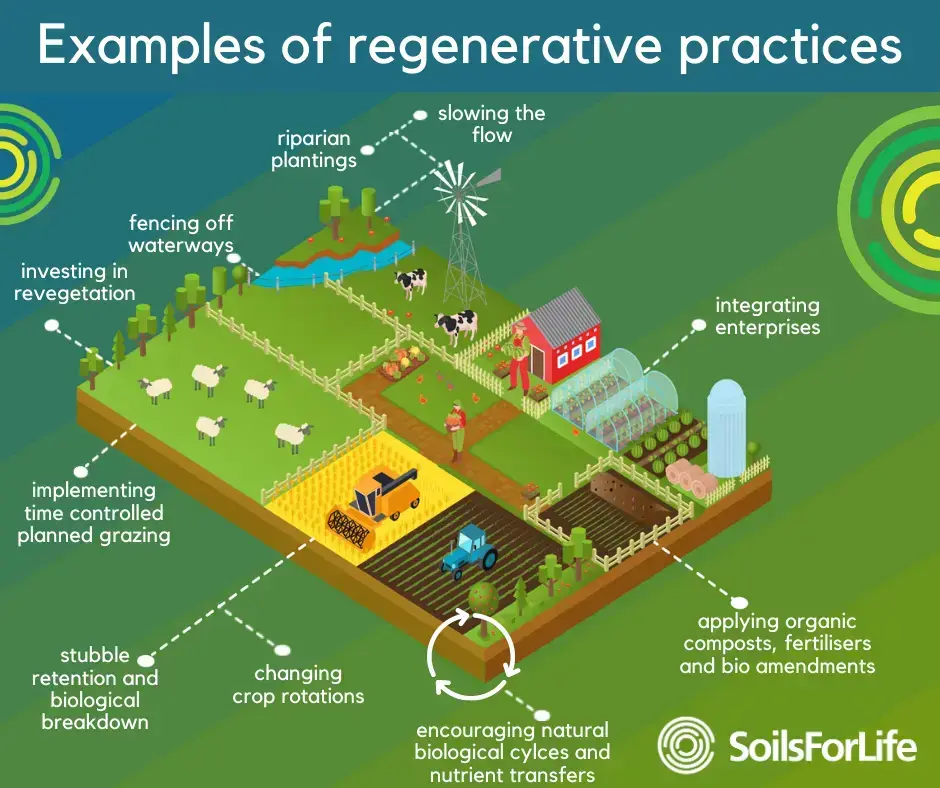
Nutri Garden
- The Nutri Garden project of Lakshadweep involves planting and harvesting nutrient-rich crops in residential houses to meet the nutritional requirements of the family.
- Nutrient-rich crops can be grown for personal or community consumption and is being promoted by the Ministry of Women and Child Development.
- It is done in the form of rooftop gardening, vertical gardening, terrace gardening and container gardening.
- It can be a source of supplementary income and helps tackle both under-nutrition and overnutrition.


Bakanae Disease
- Punjab Agricultural University developed biocontrol agent Trichoderma asperellum to manage Foot Rot (also known as Bakane disease) in Basmati rice.
- Bakanae Disease is a fungal disease affecting rice, particularly the Basmati variety.
- It is caused by the fungus Gibberella fujikuroi which affects the roots and basal stems of rice plants.
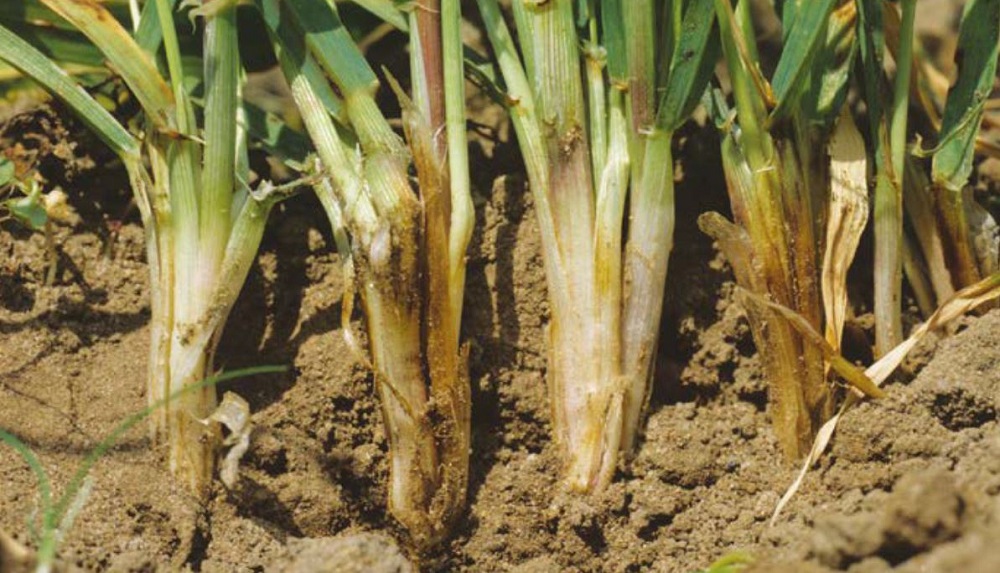
Mushk Budiji Rice
- Mushk Budiji Rice is short, bold aromatic rice grown in the higher altitudes of Kashmir valley.
- It is said that altitude and temperature play an important role in Mushk Budiji aroma.
- It has received a Geographical Indication (GI) tag.
- The flavor profile of this rice was done using gas chromatography-mass spectroscopy (GC-MS) and an ‘electronic nose’.
- Some volatile organic compounds give aroma to Mushk Budiji rice of which Acetyl-1-pyrroline (2-AP) is an important one.
Abelmoschus Odishae
- It is a new species of ‘wild okra’ discovered in moist deciduous forests of Keonjhar district, Odisha.
- It can play a role in hybridisation to create a variety with high disease resistance.
- This species of okra has a seed viability of 95%.
Commercial Cultivation of Licorice (Mulethi)
- Himachal Pradesh became the first state in India to have started commercial cultivation of Mulethi.
- It has a sweet taste due to the presence of glycyrrhizin in the roots, which is 50 times sweeter than sucrose.
- It is used as a medicine against chest and lung diseases due to antiviral, anti-inflammatory, antioxidant, and anti-bacterial properties.
- It is an immunity booster as it increases production of macrophage and lymphocytes.
- Mulethi can also aid weight loss due to flavonoids and also improves the digestive system.
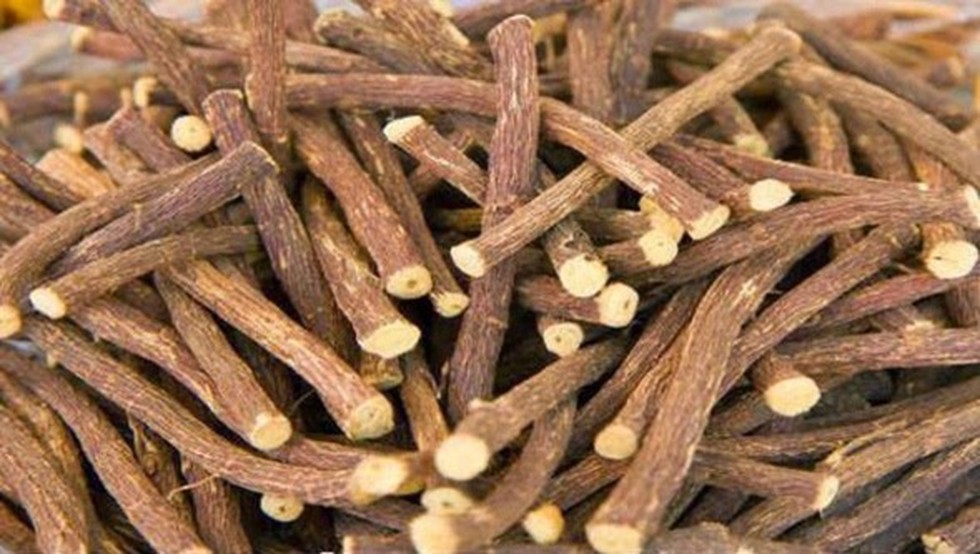
Entazia
- It is launched as a bio-fungicide formulated with Bacillus subtilis to ensure environmental integrity.
- Natural capability of Bacillus subtilis to control bacterial leaf blight is used to better productivity.
- This is done by activating the crop's defense system against pathogens to control bacterial leaf blight and being harmless to natural parasites.
- This can be used in integrated pest management programs for additional plant benefits.
SAIME Initiative
- The Sustainable Aquaculture In Mangrove Ecosystem initiative involves cultivation of shrimp in West Bengal.
- This community-based initiative is also aimed at restoring mangroves.
- It aims at avoiding unsustainable aquaculture, particularly shrimp cultivation which led to cleaning large tracts of mangrove forests.
- Indigenous varieties like black tiger shrimp (P. monodon) and giant freshwater prawn (M. rosenbergii) are cultivated.
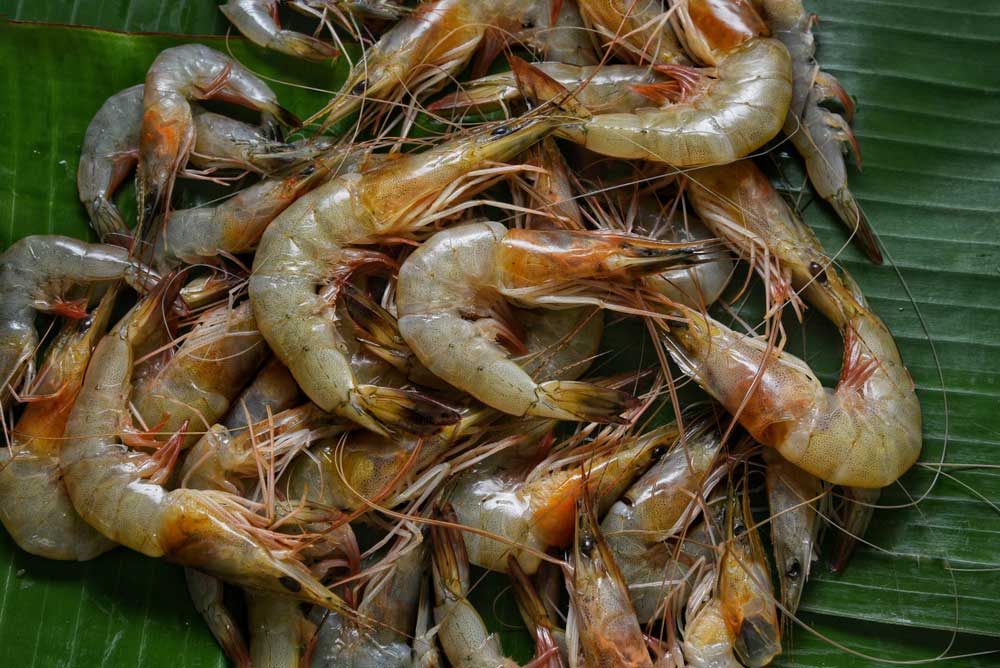
CDP-SURAKSHA
- It is a platform to disburse subsidies to horticulture farmers under the Cluster Development Programme.
- SURAKSHA is an acronym for “System for Unified Resource Allocation, Knowledge, and Secure Horticulture Assistance” which will allow instant disbursal of subsidies by utilizing the e-RUPI voucher.
- Farmers have to verify through geo-tagged photos and videos of their field.
- It is implemented by the National Horticulture Board under the Ministry of Agriculture and Farmers Welfare.
